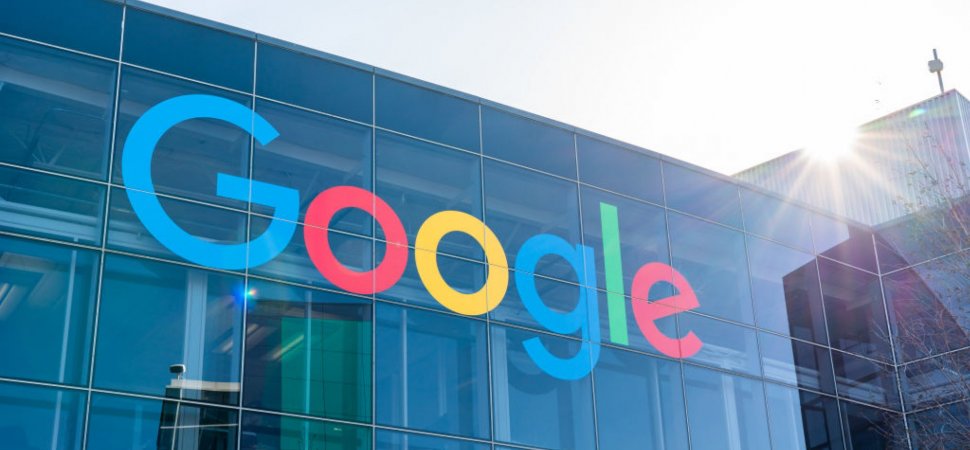
After two years of mostly remote work, and months of changing plans about when to bring people back to the office, Google’s hybrid work arrangement begins today. That means that most employees will be expected to be in the office three days each week, with the rest of the time spent working remotely.
Google has spent a considerable amount of time and energy reconfiguring office spaces to accommodate a hybrid work arrangement, and to give employees peace of mind about returning even though we haven’t fully put COVID-19 behind us. The company has added spaces designed to accommodate a mix of employees working in collaboration, regardless of whether they were in the office, or working remotely.
At the time, a Google executive told The New York Times that the pandemic had simply accelerated the future of work that most people thought was “ten years out,” and “brought us to that future now.” On the other hand, Google’s former head of HR, Lazlo Bock, told Bloomberg that it won’t last. At least, hybrid work won’t.
According to Bock, there are two reasons he says things are more likely to return to the way they were pre-pandemic. First, employees who work remotely will be at a disadvantage, when it comes to promotions or pay increases, compared with their in-office peers.
That certainly isn’t fair, but it’s not surprising. It’s harder to evaluate performance when someone isn’t physically there all the time. Even if that’s not true, there will certainly be a perception that it is. If your colleagues are working in the office full time, and you’re only there part of the time, it’s hard to not wonder what you might be missing. The fear of missing out is real, and Bock suggests it will drive people back to the office eventually.
The other reason is far simpler, though just as problematic: Bosses want employees back in the office. “We’ll get everyone back into the office eventually. I just don’t want to pick that fight now,” Bock says one Google executive told him.
It’s no surprise that many managers would prefer to have their team together in person if given a choice. Managing a remote team is hard and introduces different challenges compared with having everyone sitting at desks where you can see them and keep track of what they’re working on. Then again, if your primary concern is being able to see your team and what they’re working on, you’re probably doing it wrong.
Of course, there certainly are benefits to having people who work with each other in close proximity. It’s hard to argue that the last two years haven’t had a cost. Connecting with a team via Zoom isn’t the same as sitting around a table. There are intangible benefits to being together with the people you collaborate with that simply don’t exist virtually.
That doesn’t mean that working in the office is the only way to be productive. If anything, the last two years have shown that many jobs and roles can be done remotely. The problem is that many of the people who make decisions about how employees work have assumed that remote work was a temporary solution to a temporary problem. Once the pandemic is over, everything will get back to “normal.”
Bock says he thinks it will be no more than three-to-five years before everyone is back in the office, the way things were before COVID-19. I don’t know if he’s right. I do know that if the reason people come back to the office is that their bosses want to get back to pre-pandemic normal, and they’re afraid of being overlooked for pay increases or promotions, it’s pretty clear we haven’t learned anything.
